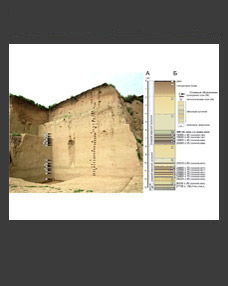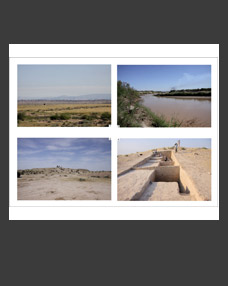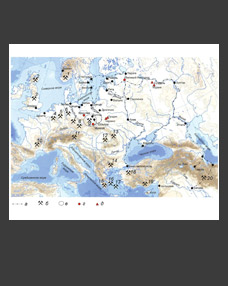Irina M. Timusheva
Institute of Language, Literature and History of Komi Scientific Center of the Ural Department of Russian Academy of Sciences, Syktyvkar (timirina@mail.ru)
Key words: the European North-East, a settlement, a dwelling, planigraphy, constructive elements, Chuzh’yael and Choynovty types of dwellings.
Nowadays thanks to the field research made by V.E. Luzgin, V.S. Stokolos, L.L. Kosinskaia and V.A. Semionov a significant amount of sources on buildings and the organization of the inhabited area of Eneolithic settlements in the European part of the North-East has been accumulated. However, for a variety of reasons special researches in this direction have not been made. Ancient villages’ topography and planigraphy and dwelling constructions reflect the ways of human adaptation to the environment. The main aim of the work was to identify the traditions of choosing the places for settlements; to determine the planigraphy of the dwellings and other constructive elements at the Eneolithic settlements of the Vychegda, the Izhmа and the Pechora rivers’ basins; to summarize and systemize the data on all known settlements and dwellings in the European part of the North-East in the 3rd–2nd millennium BC; to elicit the specific features of the Chuzh’yael and Choynovty types of dwellings and their differences from the buildings of the Neolithic and Bronze Age.







